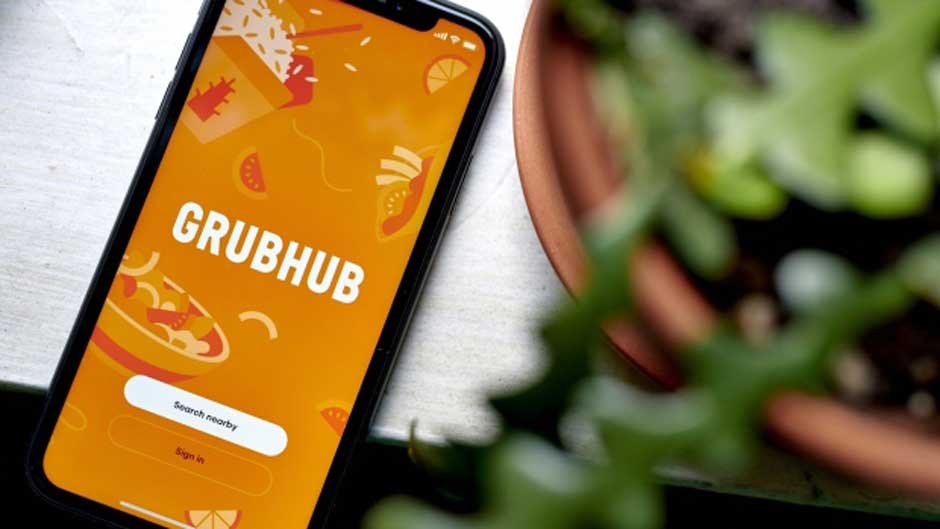You’ve settled in for a late-night movie marathon, and halfway through, your stomach begins to protest loudly. “Time to eat,” it seems to say. No problem, you think, I’ll just order something on GrubHub. But as you open the app, the screen displays a limited number of options. The reality sinks in: GrubHub’s choices are scant because most restaurants have closed for the night. But why is this the case? Why does a service designed to deliver convenience not operate into the wee hours?
This perplexing question has crossed the minds of many night owls, students cramming for exams, and anyone working the graveyard shift. If you’ve found yourself puzzled by GrubHub’s limited late-night availability, you’re not alone. Let’s dive into the factors that contribute to why GrubHub wraps up its services earlier than you might expect.
The Brief Answer: There’s More to It Than Meets the Eye
Okay, let’s get right to the point. GrubHub’s hours aren’t solely its own decision; they’re primarily influenced by the restaurants it collaborates with. When the restaurants shut down, GrubHub’s offerings naturally shrink. Plus, there are logistical issues, like having enough drivers on the road and concerns about their safety late at night. However, these are just the surface details. Let’s dig deeper to uncover the whole story.
Restaurant Operating Hours: They Call the Shots
GrubHub isn’t a food provider; it’s a middleman connecting you with restaurants. If these food establishments are closed, GrubHub has its hands tied.
- Choices Become Limited: Late at night, fewer restaurants are open. Even those that typically have late-night hours might close their kitchens for cleaning or restocking, limiting what they offer on the menu.
- Local Laws and Regulations: States and cities have their own laws governing business hours. These laws dictate when restaurants have to close up shop for the night, which in turn affects GrubHub’s operations.
The Logistics: It’s a Tough Nut to Crack
While it may seem straightforward to keep the app running, it’s not just about having a digital platform that’s always on. There are real-world challenges that have to be met.
- Driver Availability: Most drivers prefer the daytime or early evening hours for their shifts. It’s not just a matter of convenience; these hours are usually busier, offering the opportunity to earn more money.
- Operational Costs: A round-the-clock service would incur additional expenses. More staff would be needed, cars would require more frequent maintenance, and energy costs would rise, to name a few.
Safety: A Two-Way Street
Your safety is important, but so is the well-being of the people bringing food to your doorstep.
- Challenges of Night Driving: Nighttime conditions can be risky. The reduced visibility and the chances of encountering impaired drivers on the road make late-night hours more dangerous.
- Higher Crime Rates: Nighttime deliveries can expose drivers to the risk of robbery or other crimes, something that no company wants for its employees.
Could the Future Bring Extended Hours?
A move to later operational hours isn’t impossible for GrubHub, but it would require overcoming several hurdles.
- Consumer Demand: If enough people clamor for late-night service, GrubHub might be motivated to make changes. However, even strong demand has to be weighed against the logistical and safety issues we’ve discussed.
- Negotiating with Restaurants: For extended hours to be a viable option, GrubHub would need to partner with more late-night eateries, which is easier said than done.
FAQs: Quick Answers to Your Burning Questions
Q: Why can’t GrubHub be a 24/7 service?
A: The challenges include high operational costs, driver safety, and restaurant compliance with local business hours.
Q: Are there any GrubHub alternatives for late-night cravings?
A: There may be specialized late-night delivery services, although these often have limited options and may not operate in all areas.
Q: Do restaurant preferences influence GrubHub’s hours?
A: Definitely. Restaurants dictate their hours, and GrubHub has to adapt accordingly.
Q: How do local regulations impact GrubHub?
A: Laws can stipulate the operational hours for eateries, which affects what GrubHub can offer you.
Q: What is the average closing time for restaurants on GrubHub?
A: This varies, but most establishments close between 10 and 11 PM.
Q: Are there extra charges for late-night GrubHub orders?
A: Not usually, although some restaurants may have a late-night surcharge.
Q: Can I pre-schedule a late-night delivery?
A: This will depend on individual restaurant policies.
Q: Is GrubHub considering extending its hours?
A: There is no official word, but customer demand could influence this decision in the future.
Conclusion: Late-Night Options Are Few but Not Impossible
We’ve dissected the reasons why GrubHub might leave you hanging when the late-night munchies hit. From the influence of restaurant hours to logistical complexities and safety considerations, it’s a nuanced issue with multiple moving parts. So, until the day GrubHub decides to burn the midnight oil, maybe keep some snacks on hand for those late-night cravings. How’s that for a contingency plan?


